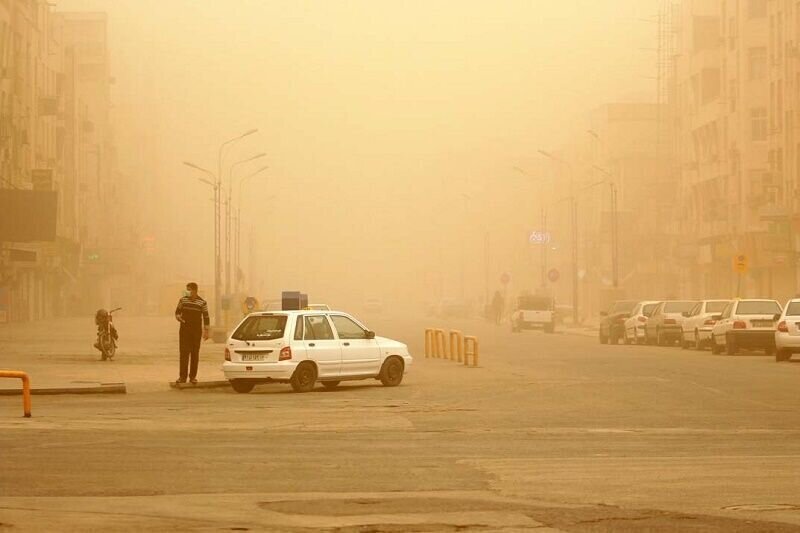Iranian delegation heading to Iraq for SDSs containment

TEHRAN – Iran will dispatch a team of experts to Iraq on Saturday to visit critical sand and dust storms (SDSs) hotspots, Ali Mohammad Tahmasebi, head of the national working group for mitigating SDSs, has said.
SDS is a problem that has plagued our country for several years, most of which enters Iran from Iraq and Syria, he stated, IRNA reported.
In order to solve the problem, Iran reached the conclusion with Iraqi Minister of Environment Jasim Abdulazeez Humadi in July, to send a team of experts to Iraq and visit critical SDS sources affecting the country.
This is a 7-member team consisting of the representatives of the Department of Environment (DOE), the Ministries of Foreign Affairs, Agriculture, Oil, Energy, and all other related officials, he explained.
After the return of the Iranian team, an Iraqi team is supposed to come to Iran to learn about the dust centers inside the country and the measures and experiences are taken to deal with the phenomenon, and then take practical action in Iraq, he concluded.
SDS effects
The SDSs phenomenon has been plaguing the country for several years and has caused problems in many provinces. According to experts, natural and human factors are involved in the occurrence and severity of this phenomenon which is mainly caused by excessive consumption of water and drying up reservoirs.
The internal dust sources are estimated at 34.6 million hectares, generating an average amount of 4.22 million tons of dust per year, about 1.460 million hectares are dried wetlands.
Some 4.23 million tons of dust are raised per year, which means the loss of soil fertility will hit the agricultural sector.
All the SDSs sources are not located in Iran, 300 million hectares in the neighboring countries are giving rise to SDSs, which transport dust into Iran. The total dust density is estimated at about 150 million tons.
In fact, the dust is raised from Turkmenistan, Uzbekistan, Afghanistan, and Pakistan in the northeast as well as Iraq, Syria, Saudi Arabia, and Jordan in the south, southwest, and west.
Letizia Rossano, the director of the Asian and Pacific Centre for the Development of Disaster Information Management (APDIM), said in June that Iran is really at forefront of understanding the problem of sand and dust storms as well as dealing with it.
More than 80 percent of the entire populations of Turkmenistan, Pakistan, Uzbekistan, Tajikistan, and the Islamic Republic of Iran are exposed to medium and high levels of poor air quality due to sand and dust storms," she noted.
A 10-year plan has been prepared to mitigate internal hotspots giving rise to sand and dust storms (SDSs), Ali Salajeqeh, head of the DOE, has announced.
Based on the 10-year plan, the relevant institutions are performing their tasks to curb SDS effects, he stated, adding that the Natural Resources and Watershed Management Organization should have the first role in the plan, and the Planning and Budget Organization should also stand by the work.
FB/MG
Leave a Comment